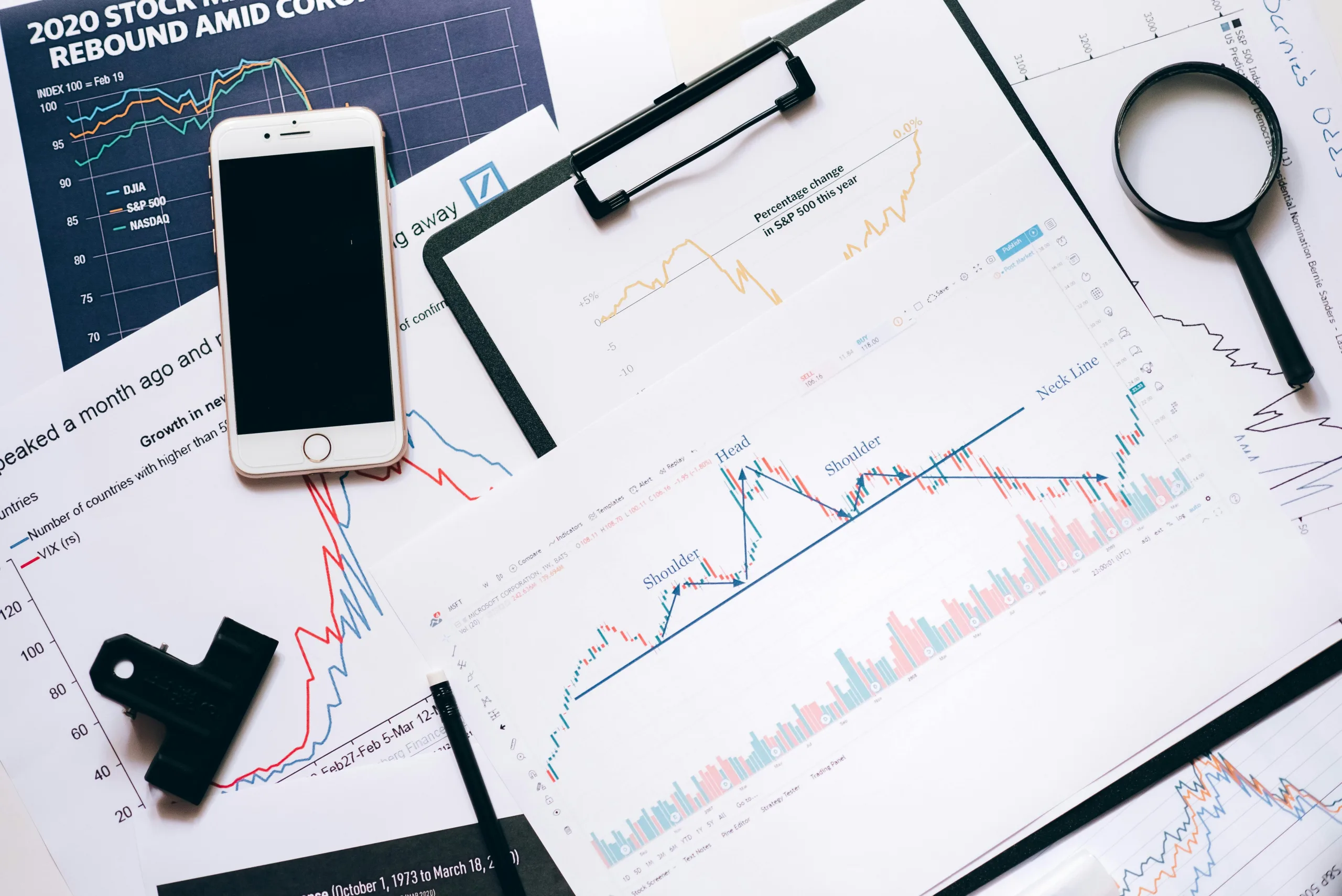Discover the fascinating world of the secondary market, where previously issued securities find new homes and investors unlock opportunities. This dynamic marketplace, from stock exchanges to OTC venues, plays a vital role in our financial ecosystem, ensuring liquidity and price discovery. Discover the intricacies of the secondary market through Gas i7 Evex, where seasoned trading professionals guide your learning journey.
Defining the Secondary Market: An Overview
The secondary market is where investors buy and sell securities they already own. Unlike the primary market, where new securities are issued and sold for the first time, the secondary market deals with existing securities. This market is crucial for providing liquidity, enabling investors to easily convert their holdings into cash.
It’s like a second-hand store for financial assets, where people trade shares, bonds, and other instruments. Without a secondary market, investors would struggle to find buyers for their securities, and the entire financial system would be less efficient.
Imagine trying to sell a used car without a marketplace; it would be a cumbersome process. The secondary market simplifies this by connecting buyers and sellers, facilitating the smooth exchange of securities.
Stock exchanges like the New York Stock Exchange (NYSE) and NASDAQ are prime examples of secondary markets. Over-the-counter (OTC) markets also play a role, especially for securities not listed on formal exchanges.
Have you ever thought about what happens after an initial public offering (IPO)? That’s when the secondary market steps in. Investors who bought shares during the IPO can sell them to other investors, creating a dynamic and fluid market environment. This ongoing trading activity helps determine the market value of securities, reflecting the collective sentiment of all market participants.

Key Features and Characteristics
Secondary markets boast several key features that set them apart from primary markets. One of the main characteristics is liquidity. This market allows investors to quickly buy and sell securities, making it easy to enter or exit positions. Imagine a bustling marketplace where vendors and buyers freely interact; the secondary market operates in a similar fashion, ensuring there’s always someone ready to trade.
Another notable feature is price discovery. Prices in the secondary market are determined by supply and demand dynamics, providing a real-time reflection of an asset’s value. This is akin to auction houses where the highest bidder wins, ensuring that the price is fair and transparent.
Secondary markets also offer a wide range of trading venues. Traditional stock exchanges like the NYSE are well-known, but there are also OTC markets where less liquid and more obscure securities are traded. Each venue has its own rules and characteristics, catering to different types of securities and investors.
Transparency and regulation are also crucial features. Regulatory bodies oversee the secondary market to ensure fair practices and protect investors. This helps maintain trust and confidence in the financial system. Consider it like referees in a sports game, ensuring everyone plays by the rules.
Types of Secondary Markets
The secondary market isn’t a one-size-fits-all entity; it comprises various types of markets catering to different securities. The most familiar type is the stock exchange, such as the NYSE or NASDAQ. These exchanges provide a formal platform for buying and selling shares of publicly traded companies. It’s like a grand marketplace where traders shout bids and offers, though much of it is now digital.
Then there’s the OTC market, which is less formal and deals with securities not listed on traditional exchanges. Think of it as a network of dealers who negotiate directly with each other. This market is crucial for trading smaller, less liquid securities, including certain bonds and derivatives.
Bond markets are another essential component. Here, investors trade government, municipal, and corporate bonds. These markets can be more complex, as they often involve negotiating interest rates and terms. It’s similar to a real estate market, where buyers and sellers haggle over prices and conditions.
Derivatives markets are where options, futures, and other financial instruments are traded. These markets allow investors to hedge risks or speculate on future price movements. Picture a farmer locking in a price for their crops months before the harvest; derivatives provide similar mechanisms for financial assets.
Why does it matter where a security is traded? Different markets offer different levels of liquidity, transparency, and regulation. For example, stocks on major exchanges are highly liquid and heavily regulated, while OTC markets might offer more flexibility but less transparency.
Conclusion
The secondary market is essential for a thriving financial system, providing liquidity and enabling efficient price discovery. From stock exchanges to bond markets, these platforms connect buyers and sellers, driving economic growth. Keep exploring and stay informed—understanding the secondary market can offer valuable insights for any investor.

